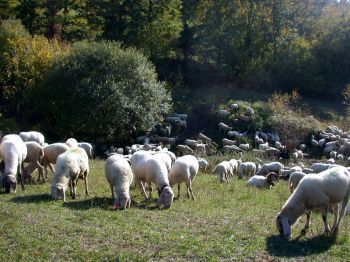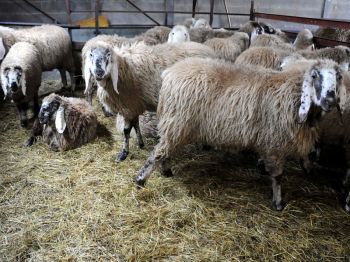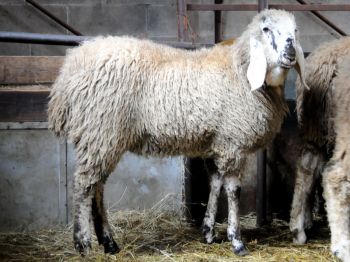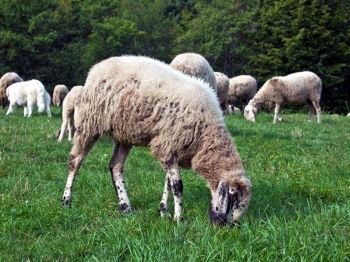Cornigliese Sheep
It is a breed characterized by big-size sheep, with the head without horns in both males and females and long, large, and hanging ears. The head and the end of the legs are black-spotted. The white fleece (sometimes spotted too) covers also the belly, the upper section of the legs, and, partially, the front of the head. The breed is characterized by longevity and proliferates thanks to the frequent twin births.
- History: Cornigliese sheep (or sheep from Corniglio) comes from Alto Appennino Parmense. It was obtained in the 18th century by the Bourbons with crosses between local sheep and the precious Spanish Merinos breed. At the beginning of the 20th century, a different production trend led to improve the breed for the production of meat through crosses with Bergamaschi rams.
- Breeding area: originally widespread only in Appennino Parmense, it can be currently found also in the Provinces of Bologna, Reggio Emilia, and Ravenna.
- Density: in 1994 (FAO) no more than 50 heads of Corniglio breed were recorded. The current density in the Province of Parma is approximately of 500 heads (APA, 2008). Despite this, it is still considered an endangered species.
- Current zootechnical use: the breed has a threefold attitude; at the moment, its use for the production of meat prevails. Given its big size, compact muscles, and scarce fatness, it can be used to prepare agnelloni and mutton.
Would you like to have further information on the recovery and enhancement project? Download the brochure!
If you want to purchase Cornigliese Sheep meat, download the brochure of the recommended butcher's shops!
Further information on the preservation and enhancement measures of Cornigliese Sheep (Italian text)

Cornigliese Sheep

Cornigliese Sheep

Cornigliese Sheep

The Producers
Category
Locality;
Agricultural Holdings
Monchio delle Corti (PR)
Others
Monchio delle Corti (PR)

